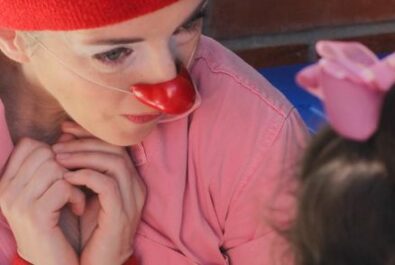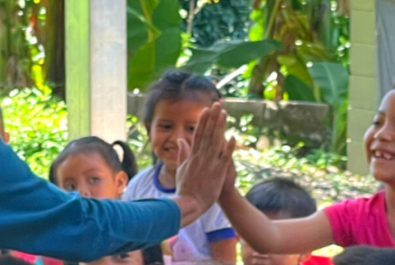
Environmental Refugees Share Zingers and Zest for Life with Clowns in Zimbabwe
In September 2022, CWB performed for large groups of joyful and enthusiastic children and families in Zimbabwe — many of whom are also environmental refugees.
In 2019, as the harvest season was just beginning, flash floods and landslides from Cyclone Idai devastated Central Mozambique and Eastern Zimbabwe. Two million acres of farmland were destroyed.
Many people who lost their homes and farmland are still living in temporary housing with no land of their own.
Today, about 3.8 million people in Zimbabwe (about 40% of the rural population) are food insecure.
USAID, December 2022
At CWB, we often say, “where other resources are scarce, laughter can be abundant.”
Read on to learn how CWB artists in Zimbabwe, Gabi Winter, Hannah Gaff, Ronald Madolax, and Cadrick “KheKhe” Msongelwa, made laughter abundant for 6,717 people. (Wowza, that’s a lot of folks!)
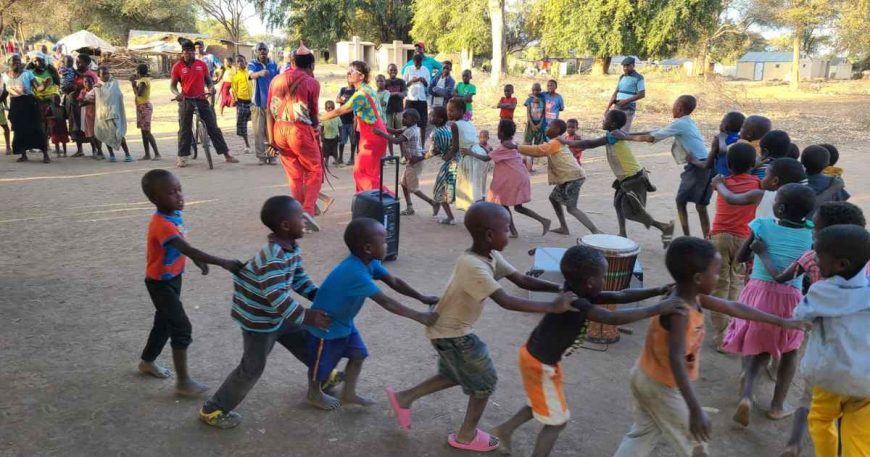
Environmental Refugees Laugh Together in Wide, Open Spaces
Zimbabwe hosts over 22,600 refugees and asylum-seekers, most of whom live at Tongogara Refugee Camp. To perform shows for up to 1,800 people at one time, the artists took advantage of the camp’s large outdoor spaces, often having the audience form a circle around the clowns.
The thunderous roar of the audience’s laughter was exhilarating for everyone present.
As Hannah Gaff described it, “the power of the laughter of that many kids is indescribable. Everything happens like an emotional wave through that big of an audience.”
For shows like this, Bob Taf, our tour manager, was a hero. He helped organize the audience so that everyone was safe.
Playing Games That Live On After the Clowns Leave
“I like to find things to use in our show that the community has,” Gabi Winter explains.
A lot of times that means call and response or teaching songs — leading games that don’t rely on many (or any!) physical items.
In this show, the team also used brightly colored plastic bags in multiple acts. The goal was to inspire the audience so that they could keep the games alive after the clowns leave using materials readily available in the camp.
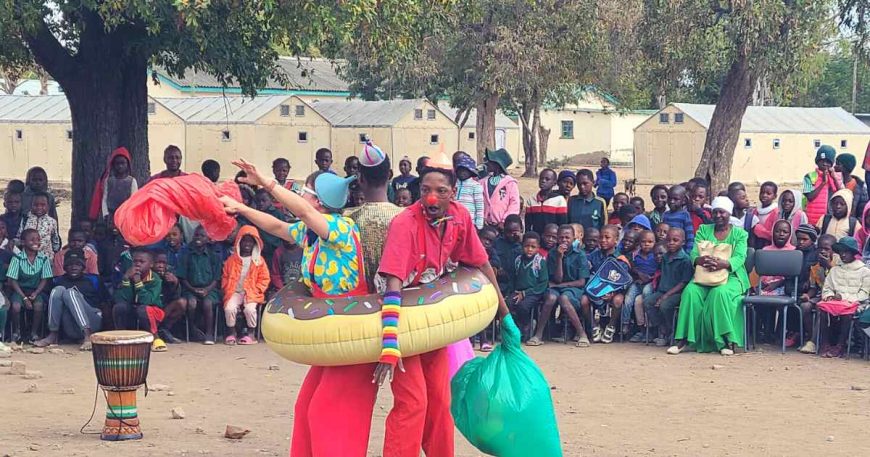
Zimbabwe Round-Up Photos and Stories
[Our] stresses are removed by these kinds of games, laughter, and love.
– Kelli, Tongogara Refugee, Zimbabwe
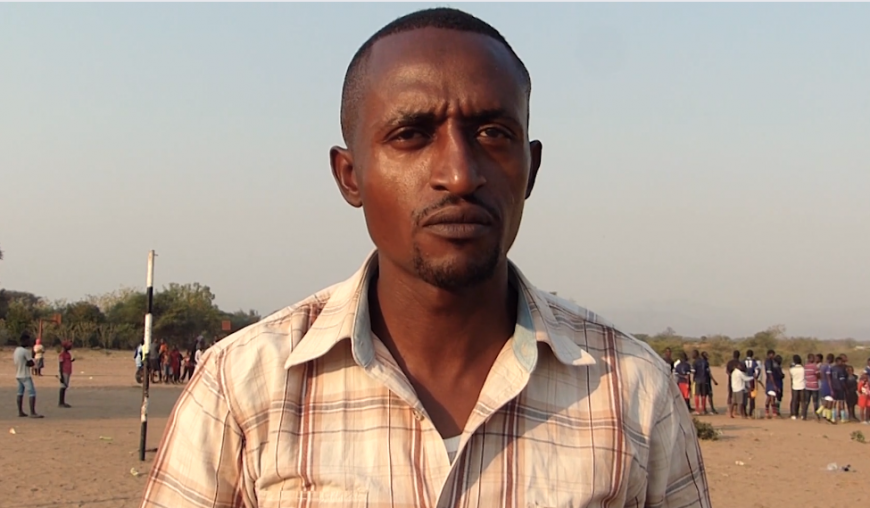
It was always such a delight when a kid from the audience would come on stage and do what we asked.
Never exactly how we had imagined it, but always in their own way. It was funny!
– Cadrick “KheKhe” Msongelwa
Humanitarian clowning is necessary because it brings closure, warmth, healing, and joy.
– Ronald Madolax
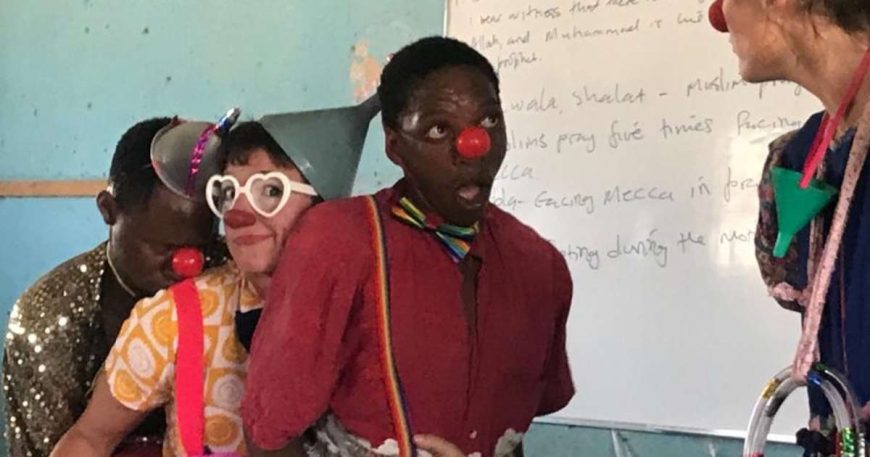
I had a very beautiful moment after one show. This little girl came over to me. She put her tiny hand in my hand and we sat down together, looking into each other’s eyes. We were so connected.
– Gabi Winter
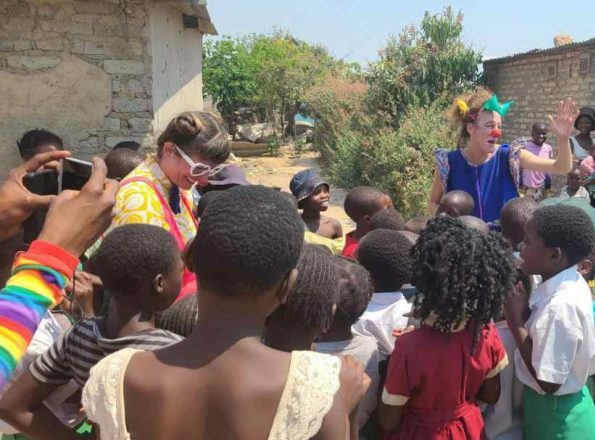
My favorite moment was marching with the kids as they sang songs on the way back to school. They were taking all their silly energy from the show and then using it to SING!
– Cadrick “KheKhe” Msongelwa
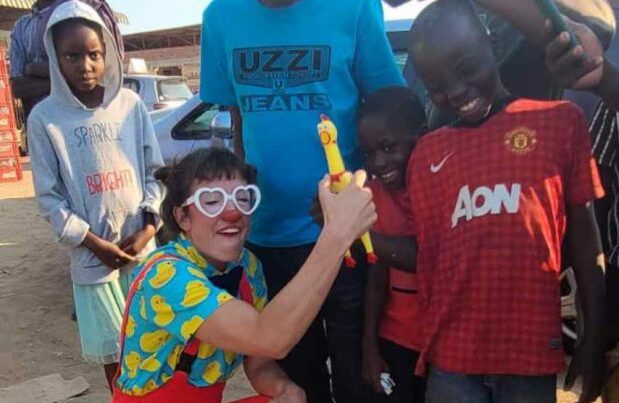
Refugee audiences in Zimbabwe experienced 16 engaging shows and two workshops produced and performed by CWB artists Gabi Winter (Brazil), Hannah Gaff (United States), Ronald Madolax (Zimbabwe), and Cadrick “KheKhe” Msongelwa (Zimbabwe).
Our partner was Zimbabwe Theatre Academy and Tweens Tongogara. Teddy Mangawa, Lloyd Nyikadzino, and Bob Taf handled logistics.
Want to see more fun photos from the tour? Check out the montage below!


